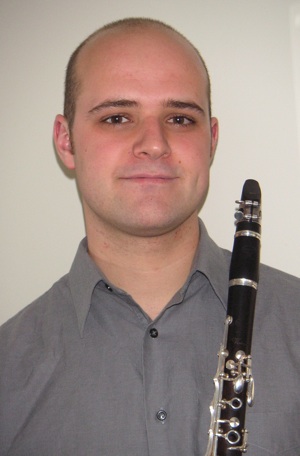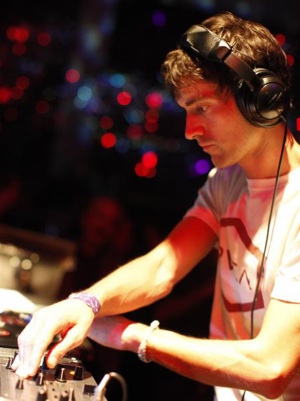Maestro Michael Morgan pirouetted through a complex program last Friday, November 8, as he celebrated the Oakland East Bay Symphony’s 25th anniversary and led them in two bicentennial salutes. Downtown Broadway’s art deco masterpiece, the Paramount, filled its 3000 seats with an audience poised to celebrate the opening of the season.

2013 marks the 200th year from the births of both Giuseppe Verdi and Richard Wagner, and the second half of the program strove to honor those strange bedfellows. But first we were treated to Aaron Copland’s ringing harmonies and country tunes in Appalachian Spring, an orchestral suite that began as a ballet about a Pennsylvanian marriage.
A silver shivering of strings, and horns whose rising major triads offered a hope of dawn, began this unusually transparent weave. The accessibility of the music filled a void in the search for American identity, and Copland’s evocation of rugged lands, Great Plains and endless skies became his hallmark, a rather unusual departure for a Jewish New Yorker who made his bones—or trombones—in the Paris Conservatoire. Morgan conducted this piece in his first season with the Oakland Symphony, and in later years created an entire “American Masters” series. It was a nostalgic tribute to his nineteen years at their helm.
They followed with Mothership by Mason Bates, a now-famous young composer that Morgan was the first to champion. Written in 2011 for the YouTube Symphony, this tone poem is modernist kin to Copland, with major progressions and accessible harmonies, but all overwritten with sly touches and underscored with an electronic heartbeat. It was truly a “Mother” ship, with space references like a huge electronic “power up” and impersonal call tones, but also with an urgent lub-dub beat that placed us firmly within a floating gestational context.
There was also room for four improvisational soloists, showing us another strength of this orchestra. Clarinetist Bill Kalinkos delivered clean runs and dirty blues, burlesqued by brass with “swampy” mutes. Then Ward Spangler turned a normally dulcet marimba into runs of liquid fire. Cellist Daniel Reiter was slowly soulful in his upper register and grinding on the bottom string, and trumpeter William Harvey riffed while outlining the musical structure. It was a memorable glimpse within the orchestra.
And after, they showed us that they do the classics just fine, beginning with the overture to Verdi’s La Forza del Destino. That “Force of Destiny” could have been the title of a daytime soap opera, a potboiler overture that mashed up all the best bits of the opera, from huge horn blasts to a tremulous clarinet solo that sounded suspiciously like it was stolen for the theme of The Godfather, and rounded with violins that varied from insistent to mincing.
 Canadian-American soprano Othalie Graham joined them for “Ritorna vincitor!” from Verdi’s Aida, and it was a very full package—the Diva, the diamond-studded dress, the icy top notes and a bottom register filled with earthy chest tones. While she was able to power over the entire orchestra, her finish was soft, smooth and deliciously intimate.
Canadian-American soprano Othalie Graham joined them for “Ritorna vincitor!” from Verdi’s Aida, and it was a very full package—the Diva, the diamond-studded dress, the icy top notes and a bottom register filled with earthy chest tones. While she was able to power over the entire orchestra, her finish was soft, smooth and deliciously intimate.
The orchestra introduced a signature Wagner work, with slow evolution, lovely horn harmonies, and massive build-up in “Siegfried’s Rhine Journey.” Then Graham joined them in “Brünnhilde’s Immolation Scene” for an all-out aria that ran the gamut from creepy to fire and ash. The Symphony was splendidly atmospheric, with distant timpani and horns of fog and vapor, and Graham cut a larger-than-life tragic figure, rapturous soft notes with jolting over-pronounced final consonants slowly rising to madness and the burning wrath of a Goddess.
From Mother Ship to Goddess—nicely done, Maestro.
—Adam Broner
Photos from top: clarinetist Bill Kalinkos, composer Mason Bates, soprano Othalie Graham.
